By Dawd Siraj, MD
For a long time, I have been advocating for aggressive measures to prevent COVID-19 community transmission and a full-blown epidemic in Ethiopia. All this concern is just my expert opinion based on very simple fact: as seen in any part of the world, once uncontrolled community transmission starts in a country, let alone our system, even highly developed country has been challenged. This is what happened in Italy, Iran, USA and other countries. The high transmissibility of this disease makes the Natural trajectory highly predictable. What we have seen from a number of successful countries though is this trajectory is modifiable based on interventions countries implement. This is what was seen in Hong Kong, Singapore, Viet Nam and many other places. Even within a country, different cities and communities have been seen to have different trajectories based on the implementation of proven interventions.
Ethiopia saw its first case in Early March and a month and half in to this timeline, we still have less than 100 cases. Most importantly the daily increment has been small challenging the thought of sustained community transmission. Recent cases are almost all identified while on quarantine before exposing the community and starting a sustained community transmission.
With this background, I do not think there is a sustained community transmission going on in Ethiopia. My justifications are those:
- Only eight of the 74 cases appears to be with “no known” contact suggesting possible community transmission. Of those, four were diagnosed more than 14 days prior. If those were truly community cases that sparked community transmission, given the transmissibility of the diseases, we would have been by now confronted with a surge of cases around their contact and area of residence. This did not happen.
- Of the 74 cases, only 29 cases are within the 14 day window period. This means we have to worry of contact of those 29 cases only as the remaining ones already passed the 14 days follow time for their potential contacts to surprise us.
- Ethiopia has done 641 COVID PCR tests randomly on high risk individuals. 100% of those were negative.
- So far, there is no clear evidence of a significant increase of severe pneumonia, ICU admissions in our hospitals and demand for ventilator. This tells me that there was no meaningful undetected community disease in the past few months.
If an argument is to be made that “as we are not adequately testing we cannot say so”- I understand that but the conclusion I draw from this is that, if community transmission is in Ethiopia and we did not detect it as it did not overflow our hospitals, it must be mild disease that does not lead to admission or death and that, I am ok to miss. At the end of the day, all our worry, and readiness is not to prevent mild or asymptomatic disease but ICU admission, ventilator requirement which we do not have enough and ultimately death.
To definitively answer the possible presence of mild case of COVID-19 in the community, we need to do two things
- Increase testing (PCR)- Ethiopia is quickly expanding this and will answer this
- We should start population-based serology testing- that will show if there is/was a mild form of disease that has been circulating for long time.
So, to finalize, let me reflect on what likely helped so far:
1. Ethiopia’s screening, contact tracing, isolation and quarantine is working well so far but should be strengthen much more. We should anticipate sustained community transmission at some point in the future and to curve its impact, this is critical.
2. The airport closure, the 14 day quarantine that have been implemented to date have absolutely helped. The proof is in the pudding as they say: almost all new cases are coming from the quarantine sites.
With this where should we go? Well we need to continue testing. This is the linchpin for all programmatic dicisions we made. With that
1. We need to continue with the social distancing- wedding, funeral, political meeting, sport should be limited.
2. Every city, region, community should maximize contact tracing capability to deploy in moments notice should a case reach the area.
3. We have to widen the circle of “essential activities” so we can return to some kind of normalcy in our day to day life of our cities until definitive sustained community transmission is documented. Wuhan closed its boarders when it was approaching 500 cases.
4. Universal masking should be the corner stone. With high public mask usage, we can start to ease our day to day activity restrictions.
5. Be ready to implement strong distancing measures city by city if and when we see outbreaks with sustained community transmission.
6. Hand washing should continue with much vigor and purpose
Again, it is difficult to predict how the epidemics will unfold in every country but when I look what is happening in Ethiopia, I have a reason to feel cautiously optimistic because of those above mentioned reasons. In my humble opinion, the trajectory from now on will depend on how effectively we implement the above-mentioned measures. I am convinced that the small number and slow trajectory of cases is the result of what we have done. So far, we have averted sustained community transmission. We have the power to move the trajectory in our favor but that is not guaranteed. Let us be cautious, get ready for what could be worst scenario, but hope for the best!
About the Writer
Dawd S. Siraj, MD, MPH&TM, FIDSA, CTropMed®
Professor of Medicine Division of Infectious Diseases
University of Wisconsin- Madison
dsiraj@wisc.edu


Leave a Reply